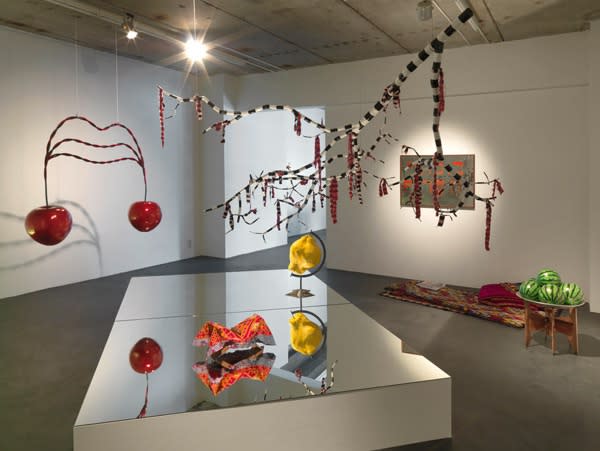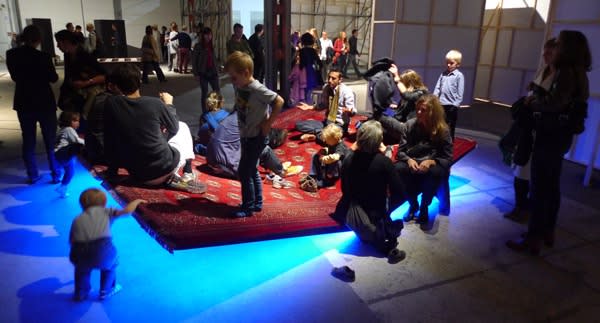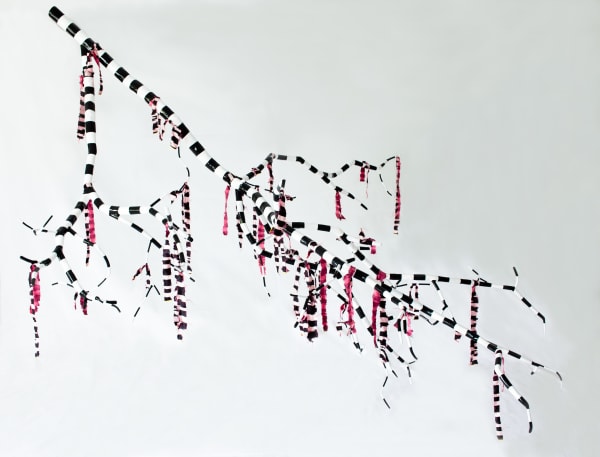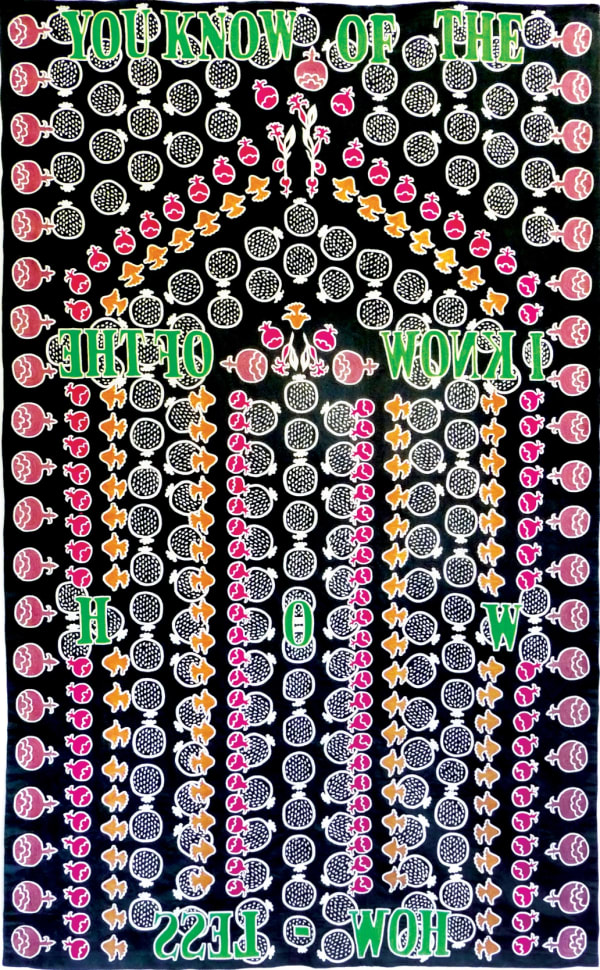NOT MOSCOW NOT MECCA: SLAVS AND TATARS
Founded in 2006, Slavs and Tatars is a collective that describes itself as a “faction of polemics and intimacies devoted to an area east of the former Berlin Wall and west of the Great Wall of China know as Eurasia”. Based on their research into the region and the various intersections of Slavic, Caucasian and Central Asian cultures, Slavs and Tatars’ work takes on the form of various media such as lectures, publications, prints, sculptures and installations.
After devoting the past five years to two circles of work, namely, a celebration of complexity in the Caucasus (Kidnapping Mountains, Molla Nasredin, Hyms of No Resistance) and the unlikely common heritage between Poland and Iran (Friendship of Nations: Polish Shi'ite Showbiz, 79.89.09, A Monobrow Manifesto), Slavs and Tatars have begun work on their third cyrcle: Tha Facultuy of Substitution.
In The Faculty of Substitution the artists investigate the role of the sacred and syncretic as a vehicle for social change. “Substitution allows us to tell one tale through another, to adopt the innermost thoughts, experiences, beliefs, and sensations of others as our own”. In an effort to challenge the very notion of distance, Slavs and Tatars look into points of comparisons between the Orient and the Occident, modernity and Islam. Through moments of cognitive dissonance, The Faculty of Substitution discovers affinities among the apparently incommensurable and introduces histories beyond the grand hegemonic narratives of Communism and Islam.
Conceived as an installation for the Vienna Secession in May 2012, Not Moscow Not Mecca writes the “collective autobiography of Central Asia through the fora and not the fauna”. The exhibition activates fruits such as the quince, the sour cherry, the mulberry, or the watermelon as bearers of knowledge from various cultures and presents them as real and imaginary offerings in an open shrine. Each fruit stands for a linguistic, spiritual, emotional, or political form of syncretism across the steppes of Eurasia.













